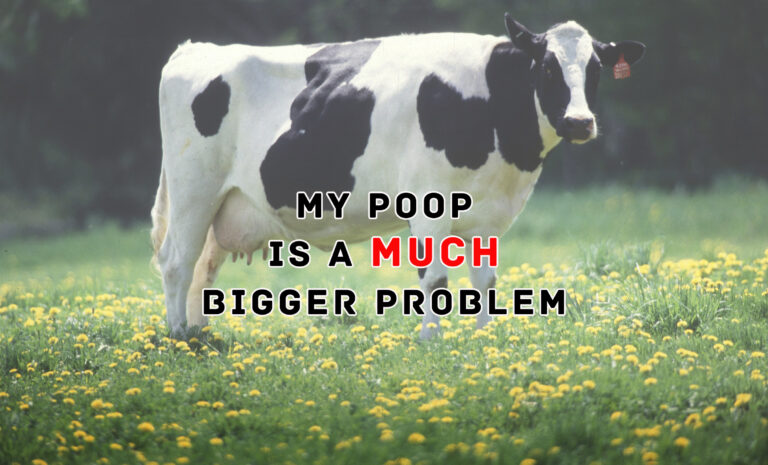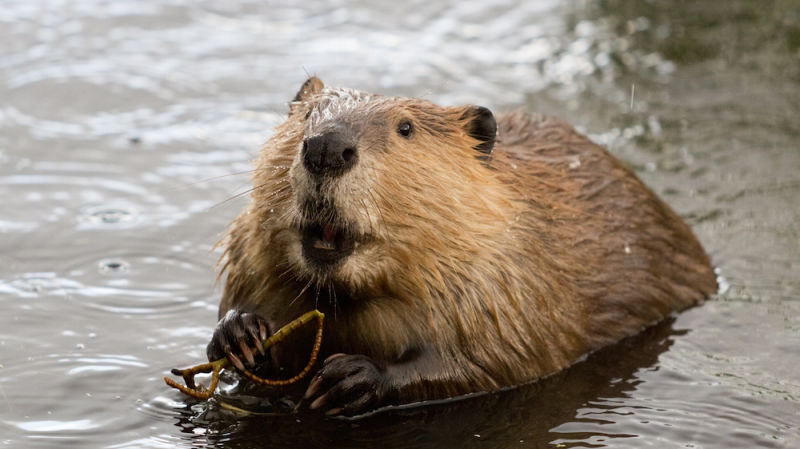So you may have heard that since the end of October, a storage well that is operated by SoCal Gas in Aliso Canyon, outside of Los Angeles has been leaking methane. The Environmental Defense Fund (EDF) that so far, 78,000 tons of methane has been released and that number is steadily climbing.
This is bad people. Methane is greenhouse gas that has a global warming potential 86 times greater than that of CO2 on a 20 year time frame. The EDF says that the daily leakage has the same 20-year climate impact as driving 7 million cars a day.
But is this really the worst U.S. environmental disaster since the BP oil spill? What about… livestock?
According to Mother Jones 70,000 pounds of methane is being released every hour which equates to 1.68 million pounds per day.
In the state of California, there are 6.95 million cows. The average cow produces between 250-500 liters of methane every day. The cows residing in California alone are emitting over 193 million pounds of methane every single day.
This means that currently, cattle being raised for meat and dairy are emitting 1,448 times more methane than the Aliso Canyon gas leak!
This methane leak is a terrible disaster that likely won’t be fixed until spring of 2016 and unfortunately is all but out of our hands. So why not help alleviate, or not contribute to even more methane being emitted into our atmosphere, and adopt a vegan diet today?
www.cowspiracy.com/take-action



